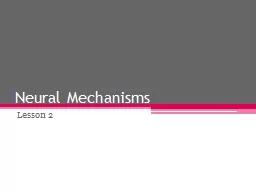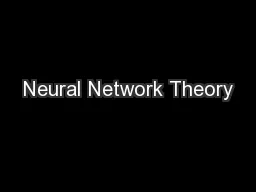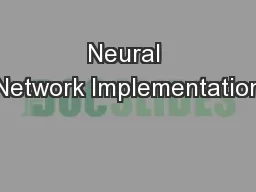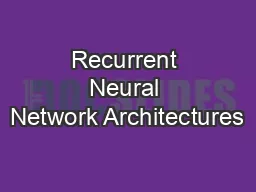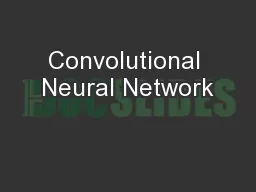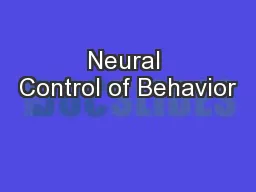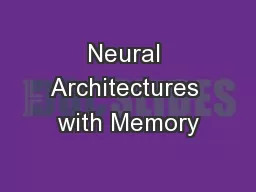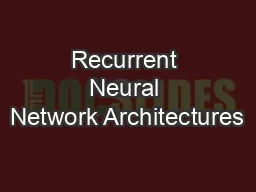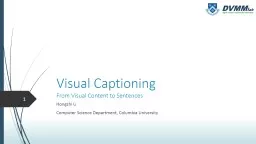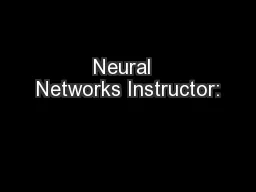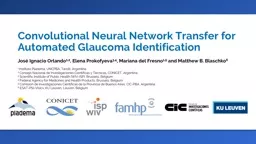PPT-A neural network approach to visual tracking
Author : tatiana-dople | Published Date : 2018-01-10
Zhe Zhang Kin Hong Wong Zhiliang Zeng Lei Zhu Department of Computer Science and Engineering The Chinese University of Hong Kong Contact khwongcsecuhkeduhk ANN
Presentation Embed Code
Download Presentation
Download Presentation The PPT/PDF document "A neural network approach to visual trac..." is the property of its rightful owner. Permission is granted to download and print the materials on this website for personal, non-commercial use only, and to display it on your personal computer provided you do not modify the materials and that you retain all copyright notices contained in the materials. By downloading content from our website, you accept the terms of this agreement.
A neural network approach to visual tracking: Transcript
Download Rules Of Document
"A neural network approach to visual tracking"The content belongs to its owner. You may download and print it for personal use, without modification, and keep all copyright notices. By downloading, you agree to these terms.
Related Documents

